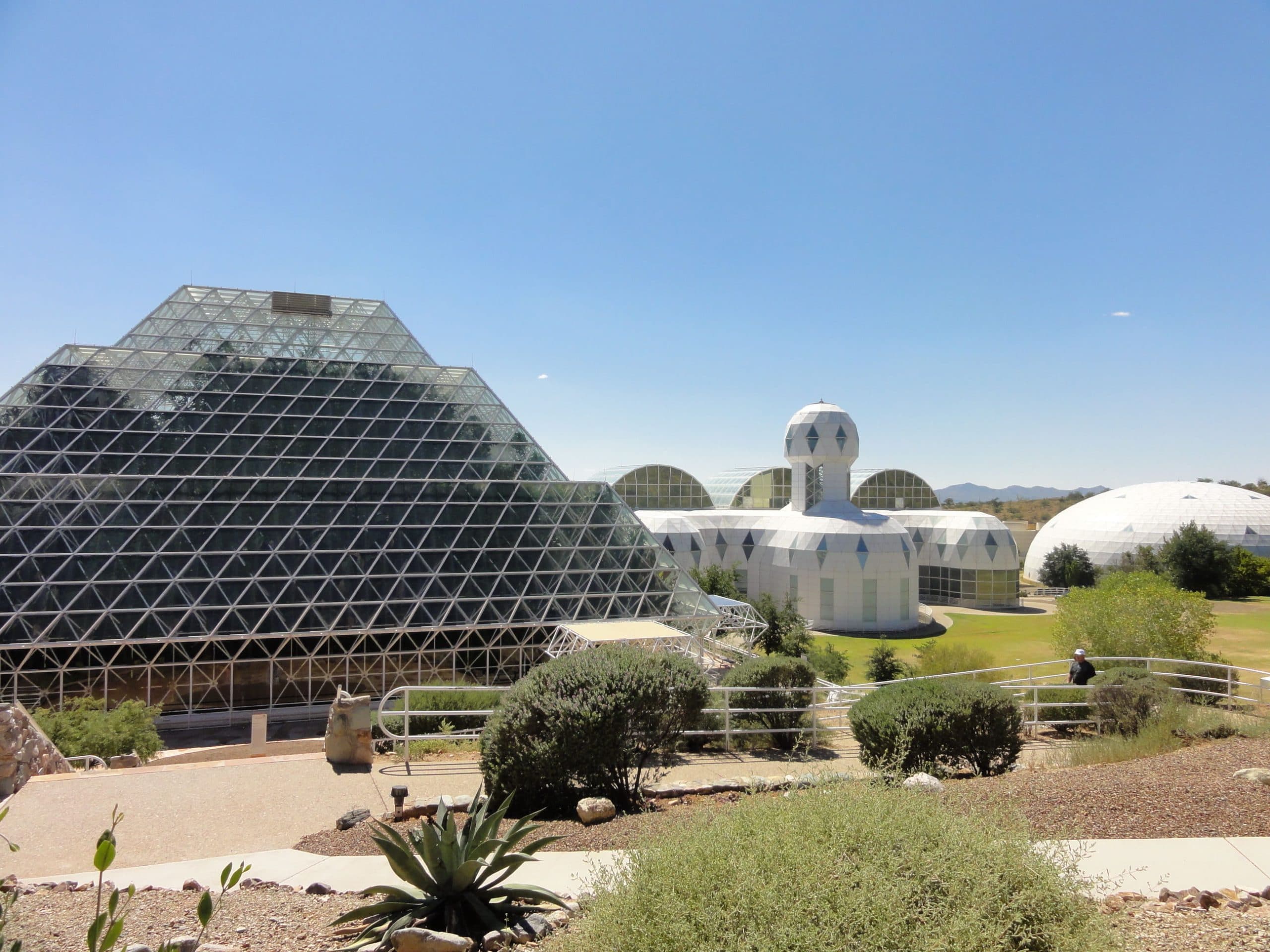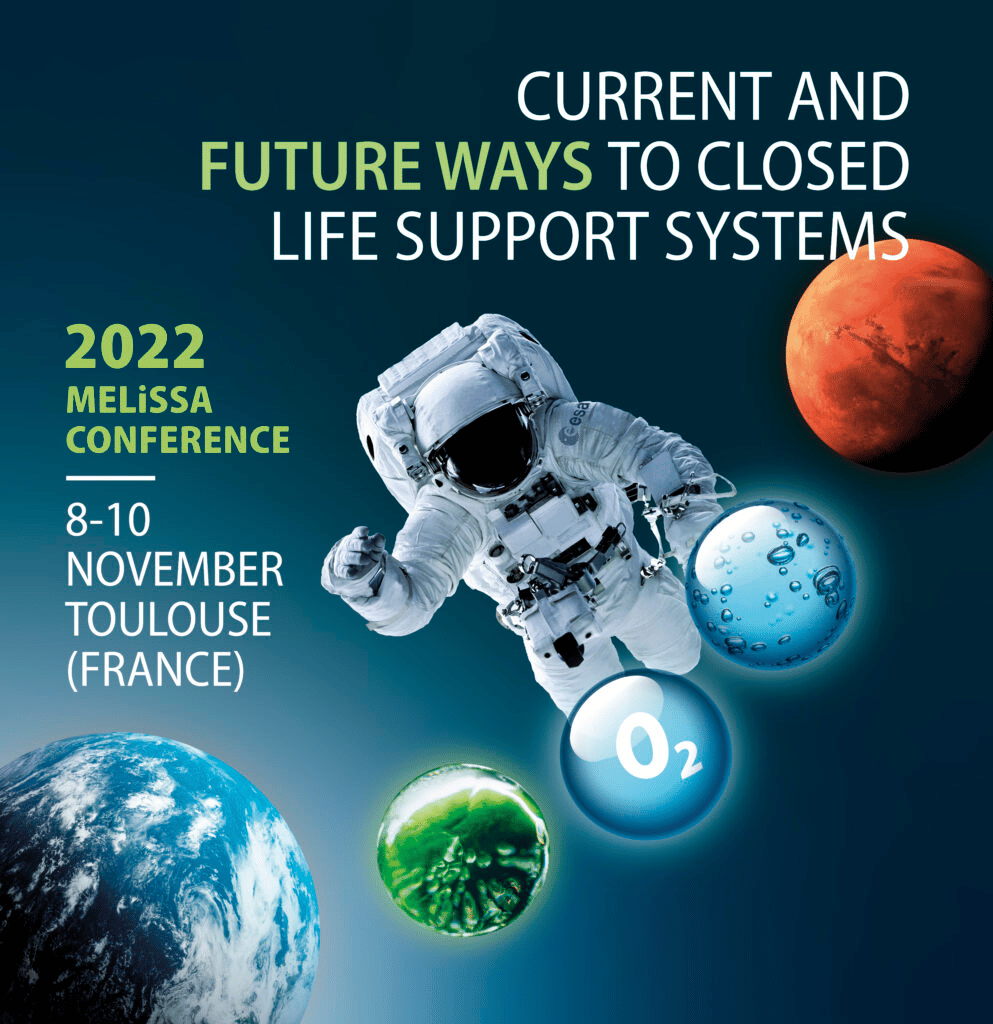Earth Space Technical Ecosystem Enterprises
We are working to facilitate humanity’s settlement of other planets and to establish synergies between life support systems for human space exploration and associated Earth-based applications.
Our Vision
ESTEE’s vision is to facilitate human space exploration, as well as ecologically and economically optimized methods of living within Earth’s Biosphere.
Our Mission
Develop products that are designed and engineered to transform wastes into resources using bio-inspired and synergistic solutions.
Objectives
Establish synergies between life support systems (LSS) for human space exploration and associated Earth-based applications.
Advance ecologically and economically viable bioregenerative approaches to minimize anthropogenic impacts on Earth’s Biosphere.
Develop innovative products that make efficient LSS globally available.
Optimize and harmonize Earth’s technical industrial regions, ecosystems and habitats.
Our ultimate objective is to facilitate humanity’s settlement of other planets.

Scorpius Prototype 1 (SP1)
SP1 is designed to become a proof of concept of a closed habitat demonstrator.
It integrates state-of-the-art LSS compatible technologies and aims to enhance the preparation and financing on Earth of manned space missions.
ALSS must provide extensive features that are essential and vital for the ecosystem and human survival and also necessary to the fulfilment and achievement of space mission.
Microorganisms cultures are employed to recycle water from wastes, higher plants are an essential source of fresh food through cultivation and harvesting, water is also partly recycled through plant evapotranspiration, and oxygen is produced by higher plants or microalgae photosynthesis.
Based on these ALSS technologies, SP1 is a step toward permanent habitats on Mars, developing further the pioneering work on ALSS.
SP1 is precisely a platform for establish synergies between the development of LSS for human space exploration and associated Earth-based applications.
Background
“MISSION MARS”: Which relevance for terrestrial sustainability?
Long term manned mission implies to fly with a mobile, miniaturized and simplified ecosystem on board to supply the crew with food and water. At Earth Space Technical Ecosystem Enterprises (ESTEE), we are convinced that preparing such amazing missions on ground can also teach us how to better manage resources on Earth.
Especially because regenerative Life Support Systems (LSS) make a wonderful job: they transform human waste into resources!
Towards a future closed habitat simulator
Space habitats do present “astronomic” scientific and technological challenges be it in terms of size, performance or reliability. You have to be fully autonomous, and there is no emergency exit! In short, no way to cheat with stocks!
Today, on our planet, a growing number of habitats are under constraints that are similar to the extreme ones found in space habitats, at least to a certain extent. Extreme confinement, isolation, biosecurity, and extremely limited available resources are some of these constraints. We could think, for instance, of very densely populated cities or settlements in arid areas. In this context, a ground simulator of closed habitat would be very welcome. In fact, this would be an ideal technological demonstrator for purely terrestrial research.
This is precisely the kind of activities ESTEE is most interested in as a start-up implementing technological transfer activities that aim to reach the market shortly.
Closing the loop
In a nutshell, we consider it necessary for sustainability on Earth to propel ourselves, even partially, into the extreme conditions of manned interplanetary mission in a (semi-)closed habitat, such a ground simulator for a Mars mission.
Space regenerative LSS and their associated Earth-based applications demonstrate that waste can also be a precious resource, a source of wealth.
Continuing to develop them would help us arrive faster at nearly integral recycling coupled with super efficient food production.
In addition, such human demonstrators should be developed for terrestrial R&D and technological integration of sustainable solutions.
How about if the most beautiful result of space LSS development was simply to improve our living on Earth, by allowing us to make a more elegant use of its resources?
News
Our Team
Our international team of engineers, researchers and business developers unite scientific excellence with dynamic industrial design to offer valuable technical solutions to our partners and clients. The team members have previous experience with projects for NASA, ESA and European Commision as well as for major companies worldwide.
Established by a qualified team concerned about life sustaining in biospheres, our start-up gathers key competencies in engineering, robotics and information technology to provide state of the art systems suited for Biological life support technologies. Our vision is to provide added value for our academic and industrial partners to advance research and commercialize related-technologies.












